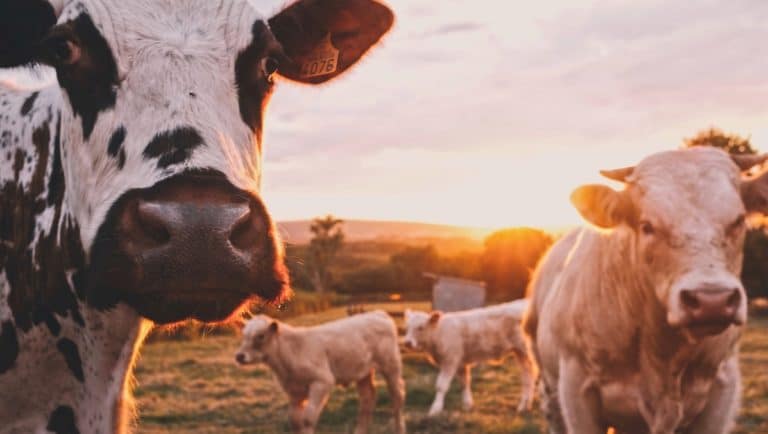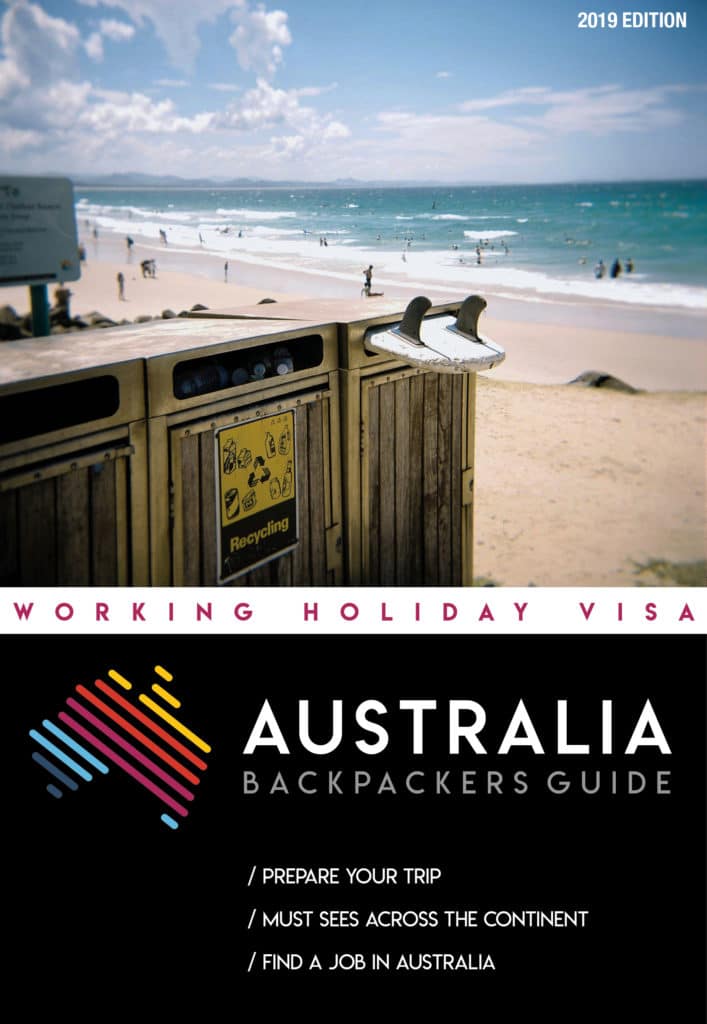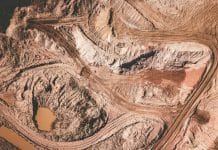
Working on a dairy farm in Australia can offer a rewarding experience, allowing you to become familiar with the agricultural industry and live an authentic rural life. It also enables you to qualify for a second or third year visa in Australia since jobs on dairy farms are eligible for the renewal of the Working Holiday Visa. Finally, working on a farm can also help you save money to fund your adventures! So, if you’re interested in working on a dairy farm, here are some tips that can help you find a job.
Table of Contents
Working on a cattle farm – How to find a job ?
Check websites specialized in agricultural employment in Australia, such as Farm Source, Agri Labour Australia, or Dairy Australia. You can also inquire with agricultural recruitment agencies that might have positions available on dairy farms. In the dairy industry, farmers know each other.
Finding a job can also be done through word of mouth or even through other backpackers via the many traveler groups on Facebook.
Finally, you will also find in the Backpacker’s Guide an entire section of contacts for dairy farms across Australia. The best approach is to contact them directly for your job search.
Download the Backpackers Guide

Our FREE 400-page eBook contains all the information you need for your WHV in Australia :
- administrative procedures
- transport and ways of travelling
- jobs & +500 fruit picking contacts
- regions and practical life
- numerous discounts
Where are the dairy farms located in Australia?
Dairy farms in Australia are spread across several regions of the country. Here are some of the regions where you can find dairy farms:
- Victoria: Very popular in terms of cows! There are dairy farms across the state and you will increase your chances of finding a job around the Shepparton area.
- New South Wales: The northern coast regions of the state, such as the Manning Valley, Hunter Valley, and the Mid-North Coast region, also host a number of dairy farms.
- Queensland: The southeast regions such as Darling Downs, Lockyer Valley, and Scenic Rim are known for their dairy industry.
- Western Australia: Mainly in the southern part of the state.
- Tasmania: Due to its cool climate and vast pastures, the island also has a number of dairy farms. Regions like the Derwent Valley, Meander Valley, the northwest coast, and the east coast of Tasmania are renowned for their dairy production.
It is recommended to have your own vehicle to work on a dairy farm since you will need transportation to go into town and do your shopping.

Renew your WHV by working on a cattle farm
As you surely know, to qualify for a second WHV in Australia, you need to work 88 days on the farm. So there are many eligible jobs, you can choose to do fruit picking, work in the mines, on solar farms…. but you can also choose to work on a dairy farm!
In any case, make sure that the postal code of the place where you work is indeed eligible! The jobs must be done in rural areas of the country!
Note that you can renew your WHV for a third year in Australia if you work 6 months in a job in an eligible region while you are on your second year of visa. Eligible jobs and regions are the same as for your first renewal.
Read also : Eligible jobs to renew your WHV in Australia
Working on a cattle farm – Melissa’s experience
I and my friend were working on a dairy farm where the wish came up to learn more about the famous cattle stations. We may have already lived on a farm, but we wanted to experience the remoteness –the real one. As we were about to run out of money – living in a campervan was too expensive for us – So I published ads on Gumtree, HelpX and Facebook. We were willing to work in exchange for food and accommodation to experience something new by working on a cattle station.
We got some replies and we decided to start our next adventure on a cattle station close to Mount Magnet in the Outback of Western Australia.

Working on a cattle station – The scenery
The owners were extremely nice! They had about 500 cows (which is not so much compared to other stations), some breeding horses and over 500 000 acres! They had 4 children. The oldest ones were going to a boarding school in Perth. The youngest one was still living with them and got school lessons at home.
The scene around the cattle farm was beautiful; sunsets were colourful, stars were shining, the ground was red and all in all, it was a very peaceful place. We spend four weeks there – It was four weeks out of society & civilisation…

Working on a cattle station – A new lifestyle
The owners taught us a lot while we were working on a cattle station. As they were living in the middle of nowhere they had to make sure that they have enough skills to solve all the problems that could happen on the farm.
The owners sourced and generated their own wind and solar power. One night we had a power-cut. Instead of waiting for someone to fix it or just hoping that it will work again soon, you have to fix it on your own. That was a whole new experience for us.
In general, you have to do many things on your own. We cut wood, destroyed fences to rebuild them later. It was hard work! But at the end of the day, we were rewarded with a good meal and homemade ice cream.
When we had days off we had the chance to drive around the Outback. We went to some lovely lakes (there was a hidden lake around 50 minutes away) where we had nice barbecues. Sometimes we were lucky enough to see some cows and even wild donkeys along the way!
Another task of mine was to make sure the youngest was doing his school work.

Advantages of working on a cattle station
If you’re wondering why work much longer than 88 days, here are some reasons why:
- The possibility of working several hours per week (between 30 and 60 hours per week)
- The option of living on the farm at low cost
- The ease of saving money (living far from a city, it is easy not to spend every day)
- Experience on farms in Australia makes it easier to get a job or even a HelpX later on
- Getting a second or third year of visa.
So, are you gonna try?


























